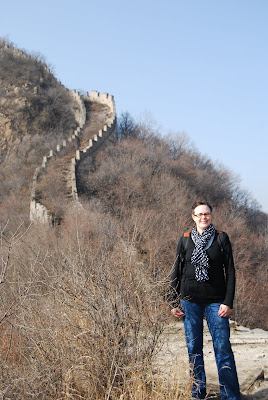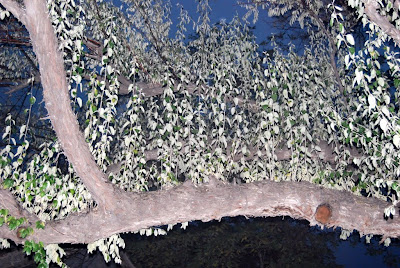We were invited to join with Tiemei's team for a weekend trip to Datong in Shanxi Province. This area is home to several UNESCO World Heritage cultural sites. Ruth was invited to join in the fun so that George could have a 'bus buddy'. As you can see Tiemei's team is mostly young women. They are all young (ave age is 26), and full of life. It made the trip more enjoyable watching them have such a great time together. Traffic was dismal! The supposed 5 hour trip took closer to 8 hours to complete.

A Most beloved elephant--just because.

Our first stop was at Yungang Grottoes. There are over 1,100 caves with some 50,000 sculptures of Buddhas and Bodhisattvas. These statutes have been around for 1,500 years, and many of them show their age, but all of them are beautiful. The grottoes were Ruth's weekend favorite. She feels that these monuments to Buddha are comparable with the cathedrals of Europe in showing man's devotion to and yearning for something greater than self.

Ruth is reading an article on Temple Motifs in Jewish Mysticism where the author (William Hamblin) was saying that "the heavens were conceived of as a vast palatial temple-complex, composed of a series of concentric courts, halls, chambers, and shrines. The heavens are enclosed by a wall which was built of white marble (or crystal)" This seemed like a perfect description of a Chinese Buddhist temple.



The Wutai Mountain is one of the four major Buddhist Mountains in China.
We have seen one, we have three more to see.

The trip to Datong took eight hours the trip home took 12. Nightmare! There were hundreds of huge trucks (maybe coal trucks) traveling on a tiny two lane country mountain road. Our driver was inventive if not down right dangerous in his driving. Notice that he is making a third lane right in the middle of a long line of trucks going both directions. Scary! We tried not to think about it and just be grateful for the forward movement bringing us closer to home.

 Mark was busy taking pictures and missed getting on before the door shut, consequently he rode up in a separate car.
Mark was busy taking pictures and missed getting on before the door shut, consequently he rode up in a separate car.  We never tire of seeing the wall snake along the mountain.
We never tire of seeing the wall snake along the mountain. We are grateful that China opened her boarders so that we can join with tourist from around the world in appreciation of thie great monument.
We are grateful that China opened her boarders so that we can join with tourist from around the world in appreciation of thie great monument. 





















































